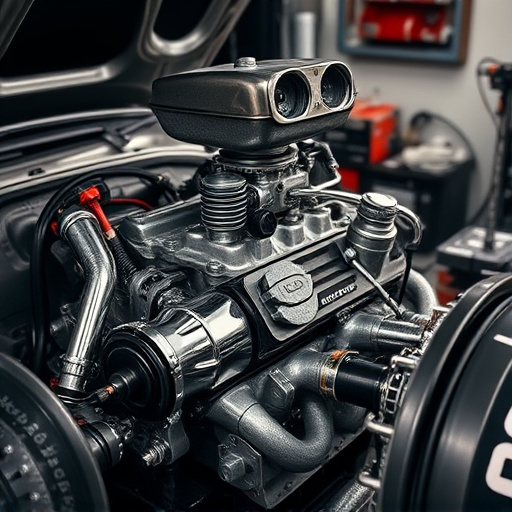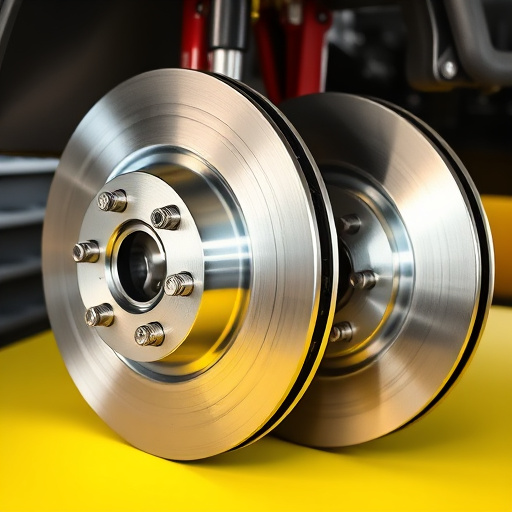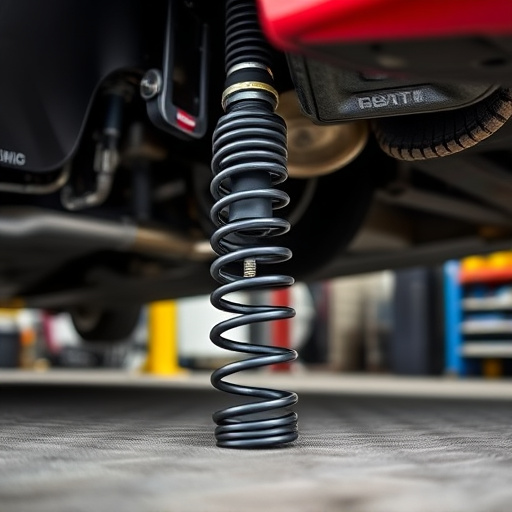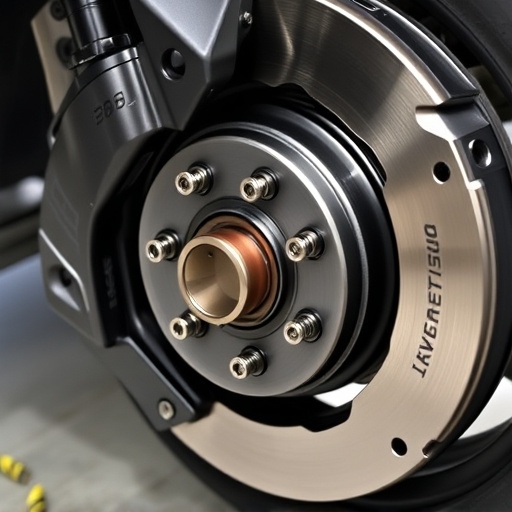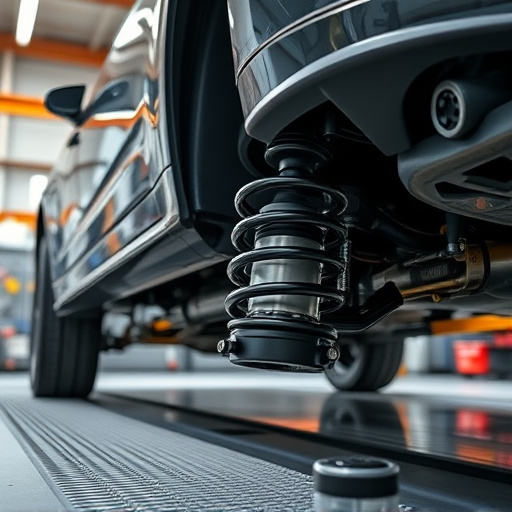ECU tuning boosts engine performance and efficiency by modifying the ECU's parameters via OBD (On-Board Diagnostics) or Bench Flashing. OBD offers a non-invasive, simple method for minor adjustments through diagnostic ports, while Bench Flashing provides direct control over firmware updates for more significant modifications to components like suspension and exhaust systems. Understanding these methods is crucial for vehicle owners aiming to optimize performance with precision and efficiency.
“Unleash your vehicle’s hidden potential with the power of ECU (Engine Control Unit) tuning. This cutting-edge technology allows for precise adjustments to optimize performance, improving both power and efficiency. In this comprehensive guide, we explore two popular methods: OBD (On-Board Diagnostics) and Bench Flashing. Learn the ins and outs of each technique, understand their advantages and drawbacks, and discover how ECU tuning can transform your driving experience.”
- Understanding ECU Tuning Methods
- OBD vs Bench Flashing: Pros and Cons
- Optimizing Performance Through ECU Tuning
Understanding ECU Tuning Methods
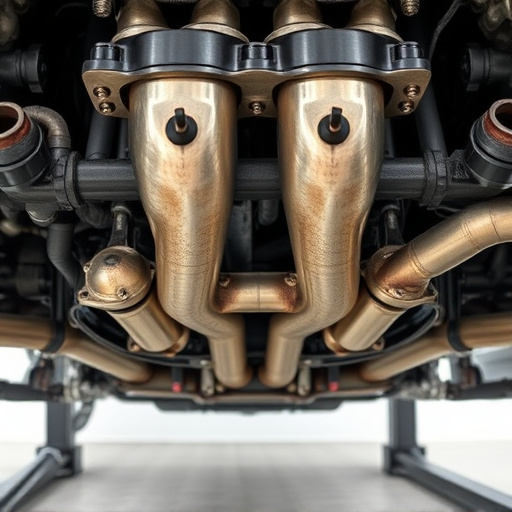
ECU tuning is a process that involves modifying the parameters within an Engine Control Unit (ECU) to enhance engine performance and efficiency. Two common methods for ECU tuning are OBD (On-Board Diagnostics) and Bench Flashing. OBD tuning is done through diagnostic ports, allowing tuners to access and adjust settings while the engine is running. This method is non-invasive and can be performed with relatively simple tools. On the other hand, Bench Flashing involves physically removing the ECU from the vehicle and using specialized software to reprogram it.
This more direct approach offers greater control over the tuning process but requires specific hardware and expertise. Both methods have their advantages and applications; for instance, OBD is often used for fine-tuning with minimal disruption, while Bench Flashing enables more drastic changes, especially when modifying suspension components, air filter kits, or exhaust systems to achieve optimal performance.
OBD vs Bench Flashing: Pros and Cons
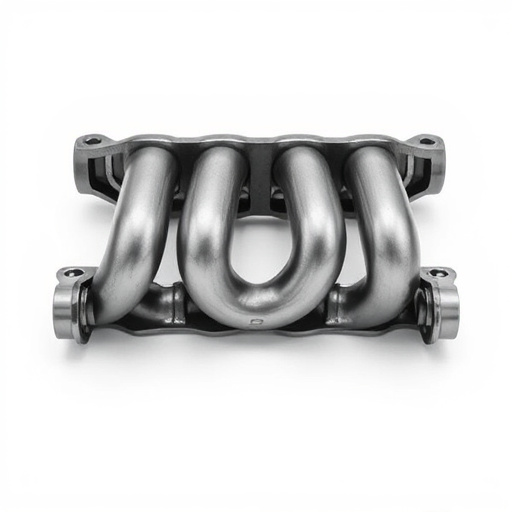
When considering ECU tuning methods, understanding the differences between OBD (On-Board Diagnostics) and Bench Flashing is essential for vehicle owners looking to enhance their vehicle’s performance. Both approaches have their advantages and disadvantages in the realm of ecu tuning.
OBD offers a more convenient and non-invasive method as it allows tuners to access and modify engine control unit settings using a diagnostic port connected to the vehicle’s computer system. This approach is particularly appealing for those seeking performance brakes upgrades without disassembling major components. Moreover, OBD tuning can be easily reversed, making it less risky. On the downside, OBD may not provide as precise adjustments compared to Bench Flashing, which involves directly flashing the ECU with new firmware using specialized equipment. Bench Flashing offers greater customization and control over various vehicle systems, including air intake systems and engine mapping, ultimately resulting in more significant performance gains. However, it requires physical access to the ECU and is generally more expensive due to the advanced equipment needed.
Optimizing Performance Through ECU Tuning
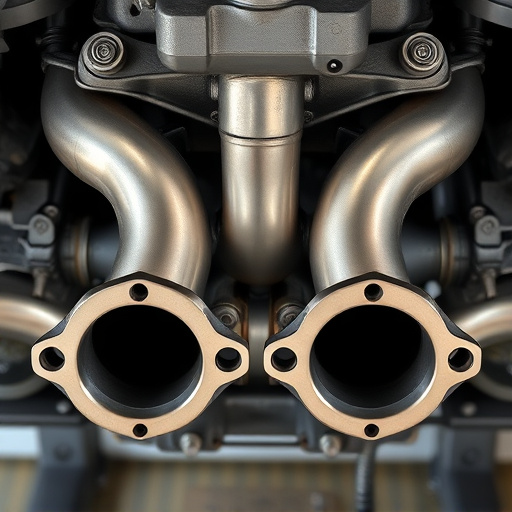
ECU tuning is a powerful tool for optimizing vehicle performance, allowing owners to fine-tune their cars for enhanced speed and agility. By accessing and adjusting the settings within the Engine Control Unit (ECU), which manages various engine functions, tuners can make precise changes to power output, torque delivery, and overall driving dynamics. This process involves either connecting a tuning device through the On-Board Diagnostics (OBD) port or utilizing a direct flash method on a specialized bench.
One of the key benefits of ECU tuning is its ability to complement upgrades in high performance parts, such as coilover kits and advanced air intake systems. Tuners can tailor the ECU settings to maximize the potential of these modifications, ensuring that the vehicle’s engine responds efficiently to driver inputs. This customization not only improves acceleration and top speed but also enhances fuel efficiency and overall drivability, creating a truly personalized driving experience.
ECU tuning is a game-changer for optimizing vehicle performance, and understanding the methods behind it is key. While OBD (On-Board Diagnostics) offers a convenient, plug-and-play solution, bench flashing provides more precise control. Each method has its pros and cons, but both allow for fine-tuning engine settings to enhance power, fuel efficiency, and overall driving experience. By choosing the right approach, drivers can unlock their vehicles’ full potential, making ECU tuning a must-consider for those seeking performance improvements.








